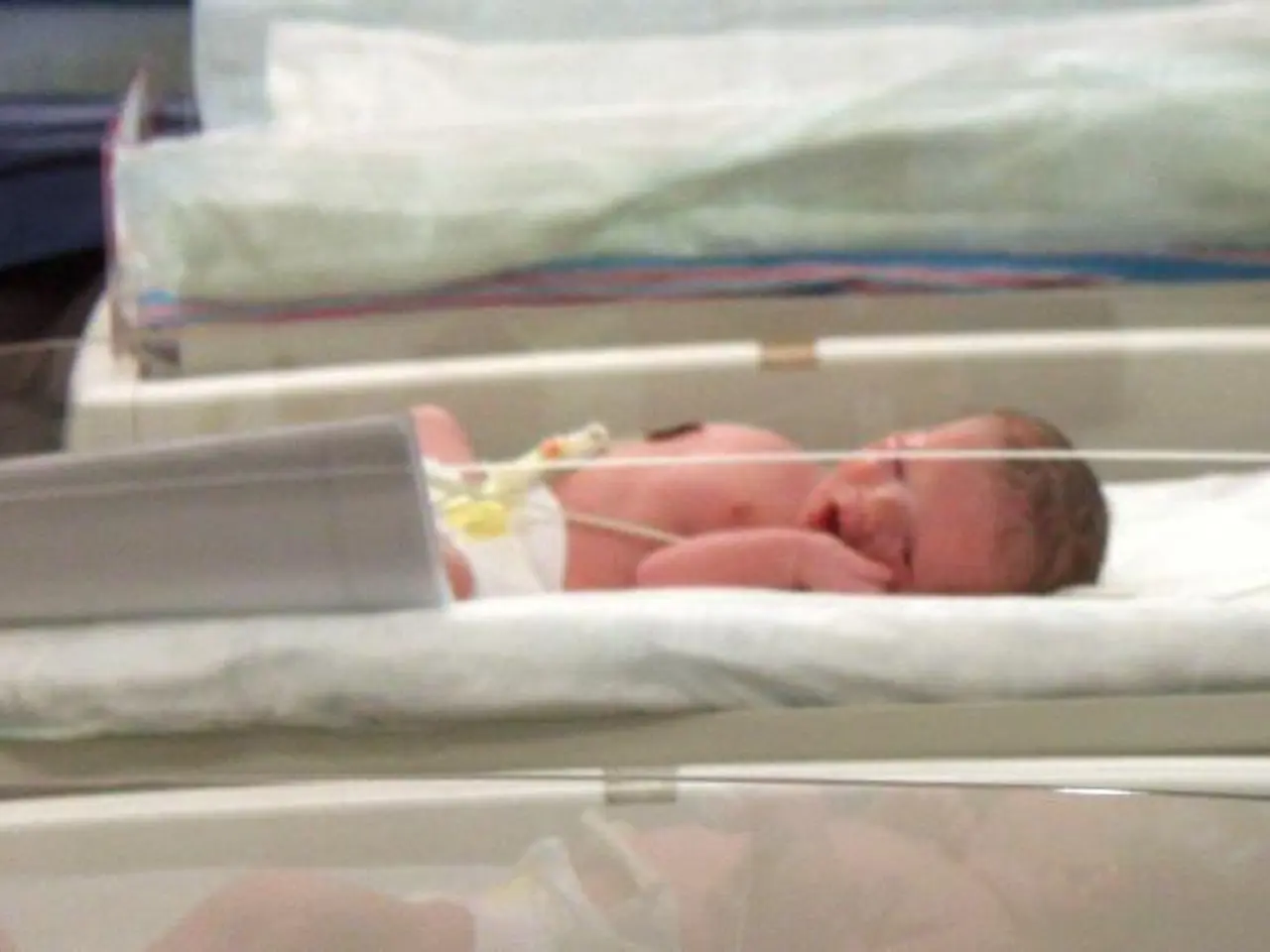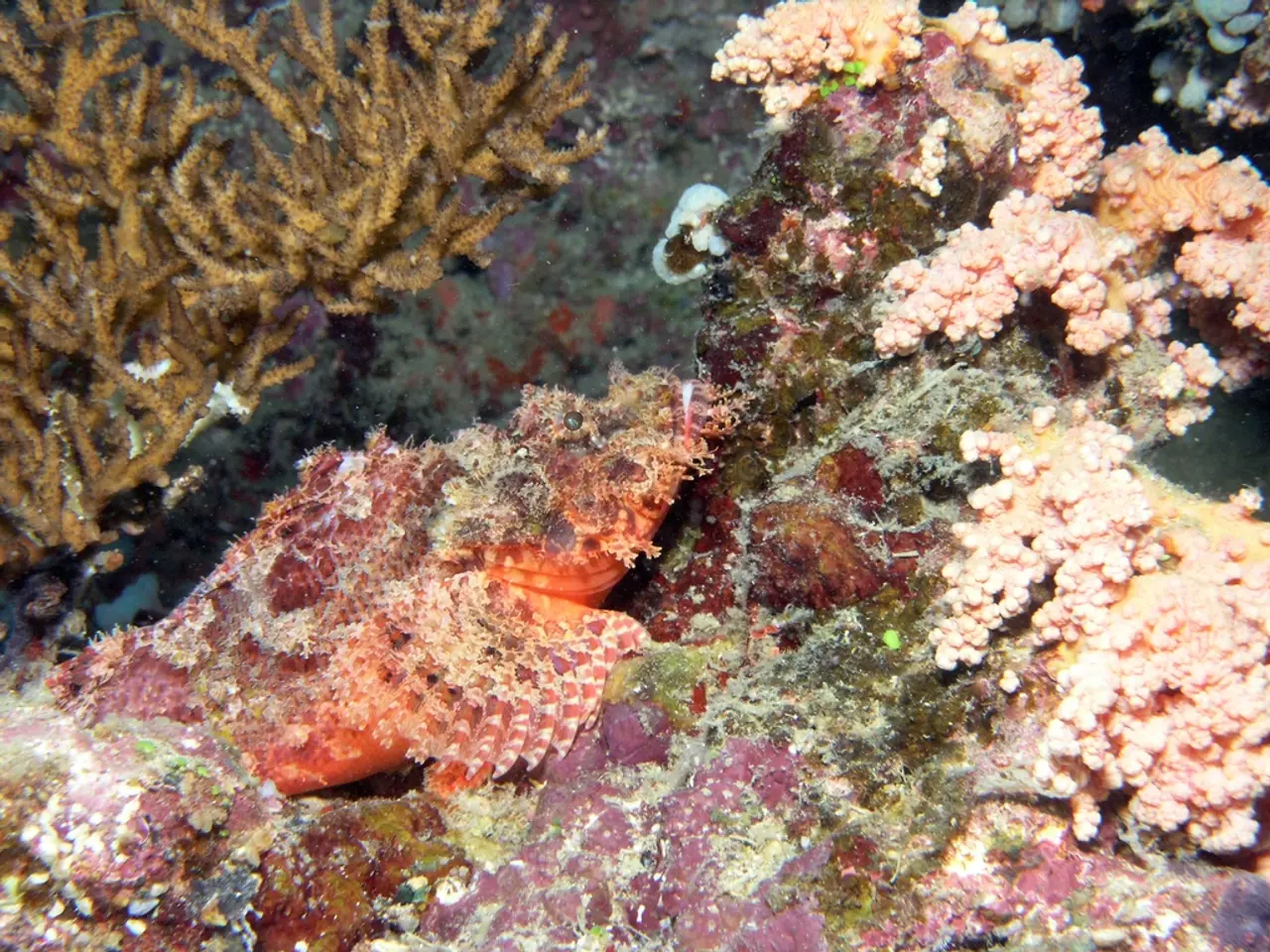Eight infants conceived with genetic material from three individuals
In the realm of human reproduction, a groundbreaking technique known as mitochondrial donation is making waves. This innovative approach, which includes procedures like pronuclear transfer, offers a beacon of hope to families at risk of transmitting mitochondrial DNA diseases to their offspring [1][2][4].
One of the key advantages of these techniques is their potential to significantly reduce the risk of mitochondrial diseases in children. By replacing or reducing the pathogenic mitochondrial DNA, these techniques can offer a lifeline to families affected by these conditions [3][4].
However, the use of donor mitochondrial DNA raises ethical questions. The child born through this method technically has genetic material from three sources: the mother, father, and mitochondrial donor. This has sparked debates about the definition of genetic parenthood and the potential future implications for family dynamics and societal norms [3].
The development and refinement of mitochondrial donation techniques represent a significant advancement in reproductive technology, opening possibilities for treating conditions previously considered incurable [2][3]. In countries where it is allowed, such as the UK and Australia, its supporters argue that it could be a promising alternative for certain families [4].
In the UK, eight babies have been born using an experimental technique that involves DNA from three people to avoid passing on rare diseases. Remarkably, all these babies appear free of mitochondrial diseases [5]. It is worth noting that the amount of DNA from the donor is insignificant, representing less than 1% of the baby born through this technique [6].
To ensure the safety and ethical use of this method, all couples who wish to have a child born through mitochondrial donation in the UK must be approved by the country's fertility regulatory authority [7]. Tests during in vitro fertilization usually detect the presence of these mutations, but in rare cases, this is not clear [6].
Looking ahead, future developments in mitochondrial donation will likely focus on refining techniques, expanding access, combining with other technologies, and addressing ethical concerns [1][4]. As the field continues to evolve, so too will our understanding of the implications and potential of this transformative technology.
References: [1] Human Fertilisation and Embryology Authority. (2021). Mitochondrial donation. Retrieved from https://www.hfea.gov.uk/treatments/mitochondrial-donation/ [2] National Health Service. (2021). Mitochondrial donation. Retrieved from https://www.nhs.uk/conditions/fertility-treatments/mitochondrial-donation/ [3] International Society for Stem Cell Research. (2021). Mitochondrial donation. Retrieved from https://www.isscr.org/resources/mitochondrial-donation [4] European Society of Human Reproduction and Embryology. (2021). Mitochondrial donation. Retrieved from https://www.esther.org/guidelines/mitochondrial-donation/ [5] BBC News. (2017). First babies born using three-person IVF in the UK. Retrieved from https://www.bbc.com/news/health-40746411 [6] The Guardian. (2017). Mitochondrial donation: what is it and how does it work? Retrieved from https://www.theguardian.com/science/2017/aug/23/mitochondrial-donation-what-is-it-and-how-does-it-work [7] The Telegraph. (2016). First three-parent baby born in UK using controversial technique. Retrieved from https://www.telegraph.co.uk/news/2016/12/26/first-three-parent-baby-born-uk-using-controversial-technique/
- Science has made advancements in the field of health-and-wellness, as evidenced by the development of mitochondrial donation techniques, which aim to reduce the risk of mitochondrial diseases in children.
- The application of science in health-and-wellness continues to evolve, with ethical debates surrounding the use of donor mitochondrial DNA in the creation of new life, shifting the traditional understanding of genetic parenthood.




